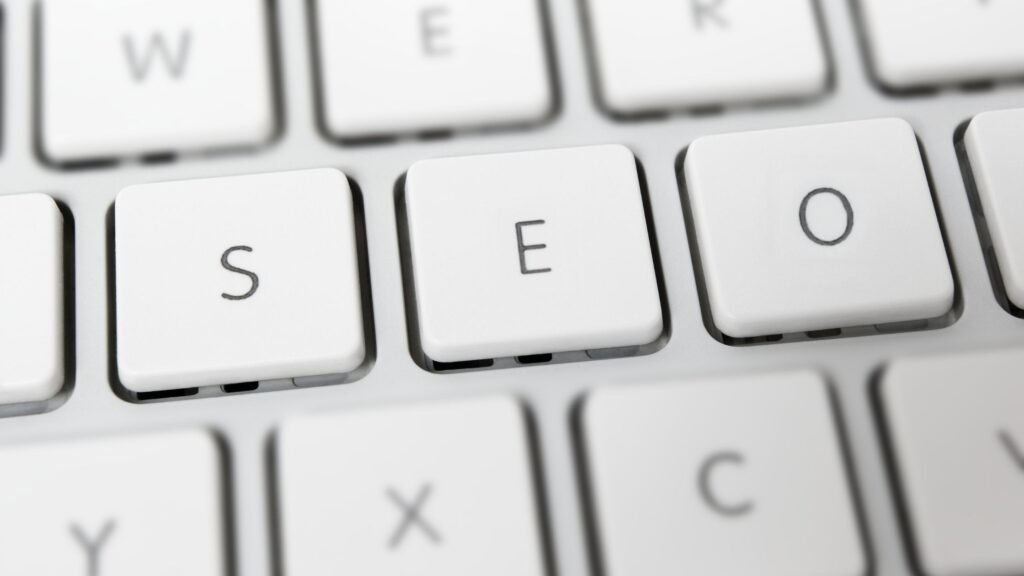
As a photographer, your portfolio is a visual feast for your audience. But did you know that what you can’t see can also impact your website’s performance on search engines like Google? Alt text, or alternative text, is a critical but often underestimated aspect of SEO for photographers. In this blog post, we’ll explore the art of alt text and how it can help photographers rank higher in Google searches.
The Significance of Alt Text in SEO
Alt text is a text description provided for an image on a website. It serves several essential purposes in the world of SEO:
- Accessibility: Alt text provides a textual description of images for visually impaired users who rely on screen readers to navigate the web. Ensuring your website is accessible is not only ethical but also increasingly important for legal compliance.
- SEO: Search engines use alt text to understand the content of images. Properly optimized alt text can improve your website’s visibility in image search results, which can attract more visitors.
Craft Descriptive Alt Text
When writing alt text for your images, aim to be descriptive and accurate. Describe the content and context of the image, including any essential details that are relevant to its purpose. For example, if you have a photo of a couple kissing on their wedding day, an appropriate alt text might be “Bride and groom share a tender kiss during their wedding ceremony.”
Incorporate Keywords Naturally
Alt text is an excellent place to include relevant keywords for your photography niche and location. However, it’s essential to do this naturally and in a way that accurately describes the image. Keyword stuffing or using unrelated keywords can harm your SEO efforts. Feel free to check out our friends over at Ubersuggest for keyword research.
Avoid Repetition and Redundancy
If you have multiple images on a single page with similar content, ensure that each alt text is unique. Avoid repetitive alt text as this can confuse search engines and users.
Keep It Concise
Alt text should be concise and to the point, typically no longer than a sentence or two. Avoid overly lengthy descriptions that may be overwhelming.
Use Alt Text for Decorative Images
For purely decorative images that don’t convey meaningful content, it’s best to use empty alt attributes (alt=””). This tells screen readers to skip these images and avoids cluttering your website with unnecessary information.
Monitor and Improve
SEO is an ongoing process, and so is optimizing alt text. Regularly review and update your alt text as your website evolves. Use tools like Google Analytics to assess how well your images are performing in search results and adjust your alt text accordingly.
Conclusion
The art of Alt text is a crucial element of SEO for photographers that should not be overlooked. By providing descriptive, keyword-rich, and accurate alt text for your images, you enhance your website’s accessibility and improve its visibility in search engine results. Embrace the power of alt text to showcase your photography skills, attract more visitors, and ultimately, bring more clients to your photography business. In the world of SEO, it’s not just about what you see; it’s also about what you describe.
Alt Text still confusing? We’re here to help! Explore our coaching page for a free website review and expert assistance in optimizing your photography website for better Google rankings.